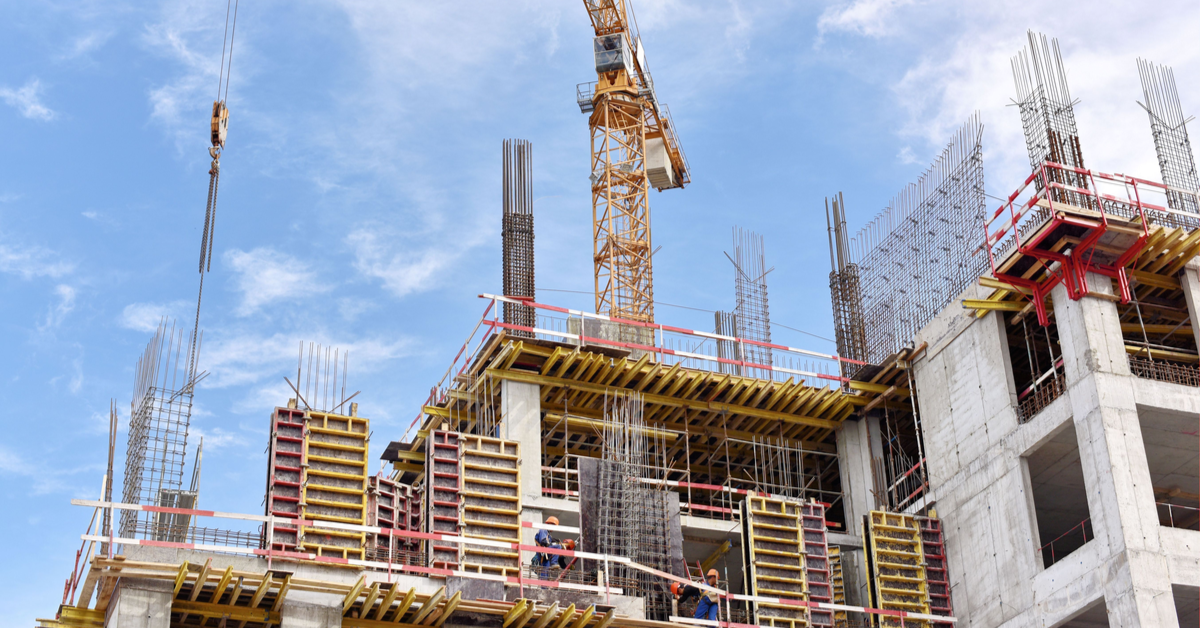Residential construction took an unexpected step back in September, with ongoing supply constraints holding down housing starts to a seasonally adjusted annual rate of 1.56 million units, according to data from the U.S. Census Bureau and the U.S. Department of Housing and Urban Development.
Although this rate was up from the September 2020 pace of 1.49 million units, it’s a 1.6% downgrade from the revised August 2021 estimate of 1.58 million units. The slight backtrack was due almost entirely to a 5% decline in multifamily starts, while single-family starts were flat compared to August at a rate of 1.08 million units, snapping a two-month streak of decreases.
It’s worth noting that single-family construction, despite the recent slowdown, remains at a robust level. Consider, for example, that the average seasonally adjusted annual pace of single-family starts between 2010 and 2019 was 682,000 units per month. With inventory scarcity persisting in the housing market, however, homebuilders will need to keep up the pace to inject needed supply— although they have their own obstinate material shortages to deal with.
“Single-family construction continued along recent, more sustainable trends in September,” said Chuck Fowke, chairman of the National Association of Home Builders. “Lumber prices have moved off recent lows, but the cost and availability of many building materials continues to be a challenge for a market that still lacks inventory. Policymakers should continue to work to improve supply chains.”
The material-availability challenges are reflected in September’s data, which revealed an increase in the number of homes under construction but a decline in homes completed. The number of homes being built grew to a rate of 1.43 million units, the highest rate since 1974. But completions fell to a pace of 1.24 million units, suggesting that delays are being caused by a lack of material inputs during construction.
Wells Fargo economists suggested that Hurricane Ida, which blew through the Gulf Coast and Northeast states in late August and early September, also played a part in holding back building activities. Indeed, residential starts in the impacted Northeast and South regions dropped month over month by 27.3% and 6.3%, respectively, while starts in the unaffected West and Midwest were up by 19.3% and 6.9%, respectively.





